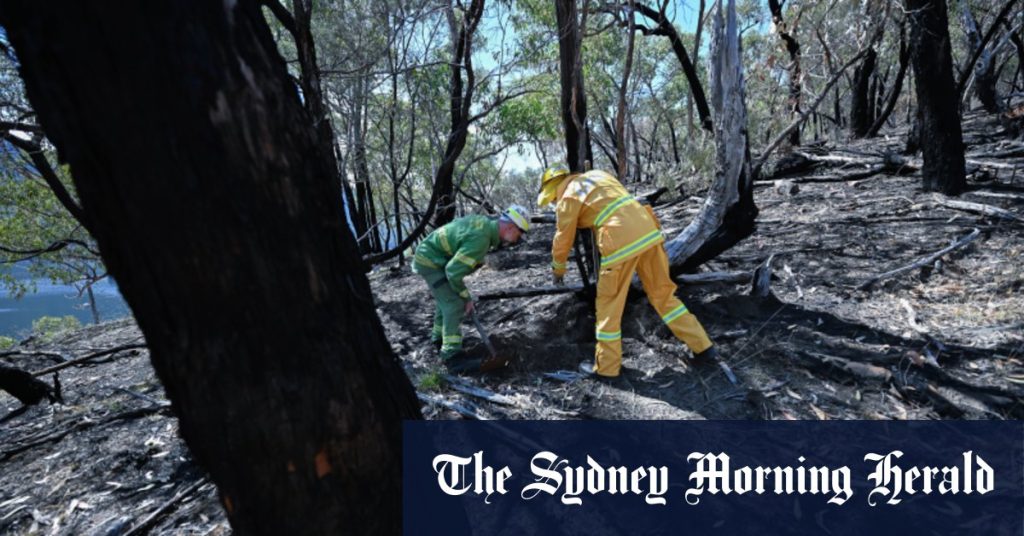The tranquil town of Halls Gap, nestled within the breathtaking Grampians mountain range, bears few visible scars from the recent bushfire that came perilously close. The area’s natural beauty remains captivating, with rugged peaks, lush eucalyptus forests, and an abundance of wildlife. However, an unsettling quiet pervades the town, usually bustling with tourists during the peak holiday season. The streets are eerily empty, a stark contrast to the usual vibrant atmosphere of this popular destination.
The recent bushfire, sparked by dry lightning, ravaged over 76,000 hectares of national park and farmland, leaving a path of destruction in its wake. Four homes were lost, along with numerous outbuildings and significant agricultural assets. The fire, burning for three weeks, became a “campaign fire,” a slow-burning but extensive blaze that challenged firefighters for an extended period. While Halls Gap itself was spared, the fire came within a mere 200 meters of homes in nearby Bellfield. The steep terrain and dry vegetation fueled the fire’s rapid spread, making it difficult for ground crews and even some aircraft to access and combat the flames.
The fire’s impact extends far beyond the immediate physical damage. The local economy, heavily reliant on tourism, has suffered a significant blow. The peak holiday season was disrupted by the town’s evacuation and the closure of the Grampians National Park. Businesses lost crucial revenue during their busiest period, with cancellations impacting accommodation providers, restaurants, and shops. The long-term economic consequences are expected to be substantial, mirroring the devastating effects of a previous fire in the region that cost the local economy an estimated $202 million.
The community has demonstrated resilience and a spirit of mutual support in the face of adversity. Residents evacuated their homes, facing uncertainty and fear as the fire approached. One elderly resident, with nowhere else to go, slept in his car, facing the fire so he would be alerted if it advanced. The community rallied to support the local zoo, which faced significant losses due to its forced closure during its peak season. A crowdfunding campaign raised over $90,000, providing a much-needed lifeline for the zoo and a testament to the community’s generosity.
Government support has been made available to affected businesses and workers, including income support for those who experienced loss of earnings. However, local officials have criticized the support package as inadequate, particularly for small business owners. A critical issue facing the community is the escalating cost of insurance in a region increasingly vulnerable to bushfires. Premiums have skyrocketed for some businesses, making insurance unaffordable for many. This poses a serious long-term challenge for residents and businesses seeking to protect themselves against future fire events.
The reopening of the Grampians National Park marked a symbolic turning point in the region’s recovery. While some areas remain closed due to ongoing safety concerns, the park’s accessibility offers a glimmer of hope for the tourism sector and the local economy. Volunteers, like Vance Wheeler, have arrived to assist with the long and arduous process of rebuilding fences and supporting affected farmers. Their presence not only provides practical help but also demonstrates a powerful sense of solidarity with the community. The recovery process will be lengthy and challenging, but the resilience of the community, coupled with external support, will be crucial in rebuilding lives and livelihoods in the aftermath of this devastating fire.

